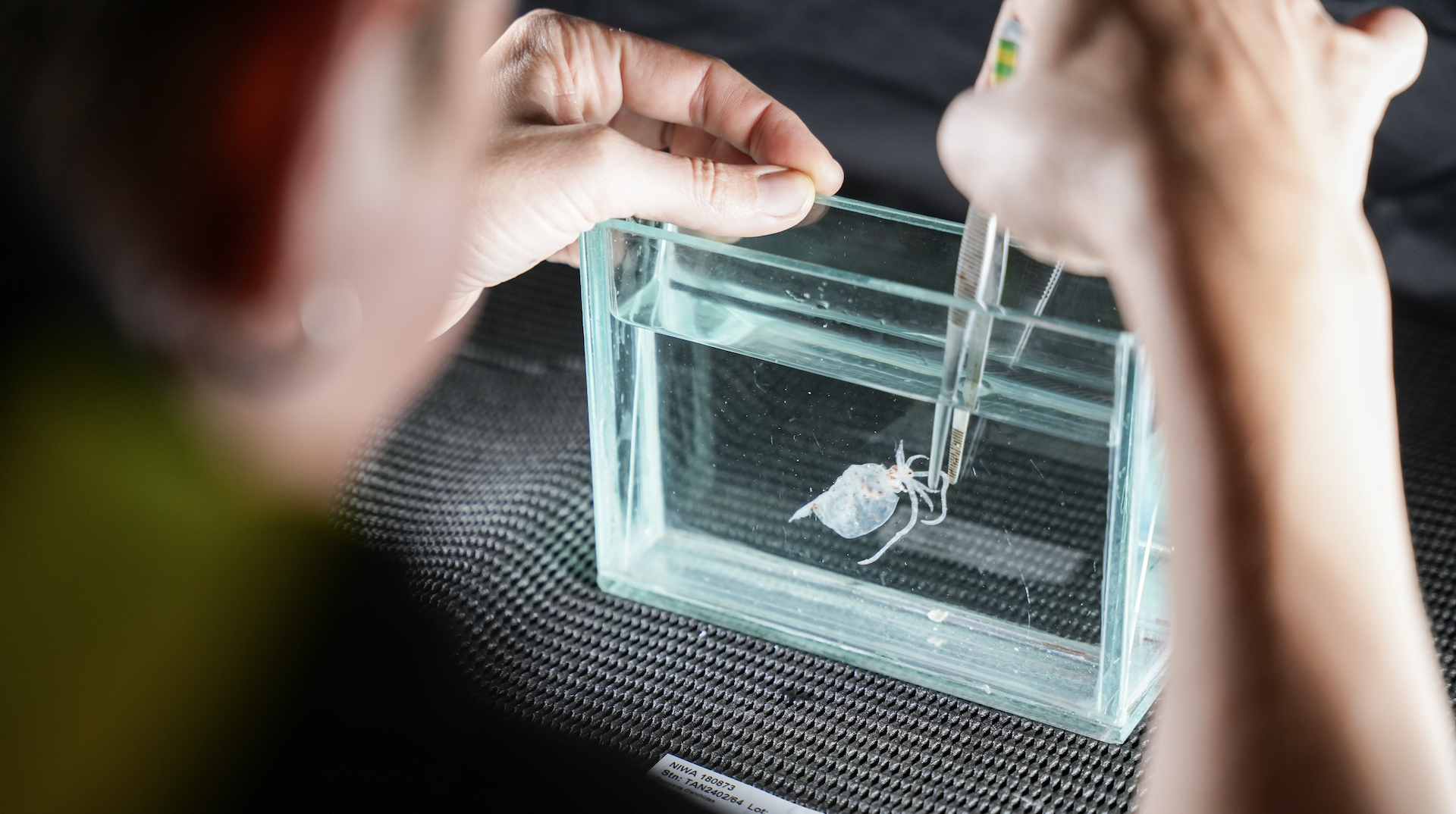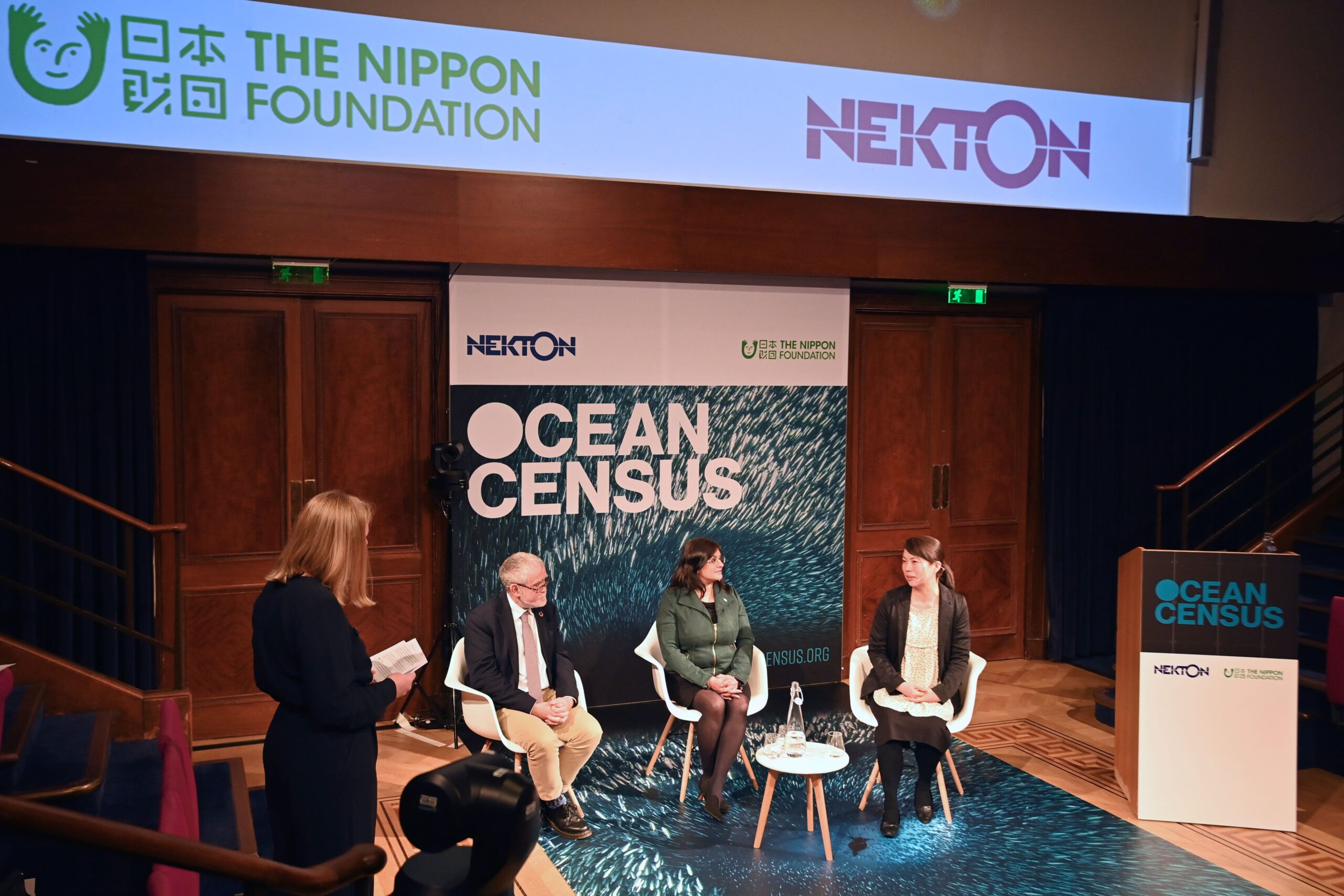

Philippine Sea – Voyage Update #3

Philippine Sea Update #3
After 15 days at sea…
our exploration to check on the limestone caves around Minami-Daito Island has just come to a conclusion. As of writing, we are now heading towards the next site which is the Kyushu-Palau Ridge.
Our Expert Team’s Composition:
- Ichthyology
- Worms and benthic micro-crustaceans
- Cnidarians, a group I am proud to be a part of
- Other miscellaneous phyla, led by our esteemed chief scientist, Dr. Fujiwara Yoshihiro
Our exploration of the uncharted limestone caves, nestled in the deep waters below 1000m around Minami Daito (and Kita-Daito), revealed a stunning diversity and richness of species across different phyla.
The Elusive Black Coral
My primary focus has been on antipatharians, commonly known as black corals. Despite our hopes, the limestone caves around Minami-Daito Island yielded no sightings of black coral. However, the caves were abundant with various types of anthozoans, including octocorallia, scleractinia, and hydrozoa, in depths ranging from 300 to 800m.
Our luck turned slightly on the afternoon of May 8, during our last dive at a depth of 278m, when ROV Crambon successfully retrieved a small fragment of black coral using a slurp gun. The only time that we were able to collect a fragment of black coral was on the last dive stop at a 278m-depth during the afternoon of May 8 where ROV Crambon was successful in sucking a small fragment of black coral, despite only having a slurp gun.
While the limestone caves around Minami-Daito are indeed flourishing with various marine species ranging from small invertebrates, such as miniscule cup corals to big vertebrate taxa such as eels, the environmental conditions may not be adequate for antipatharians — as far as we have explored.
Good news from the Kyushu-Palau Ridge exploration
After more than two weeks of wandering in the Philippine Sea, we were finally able to spot a few antipatharians in the Kita-Koho Seamount. This site is relatively abundant compared to the previously explored in Minami-Daito. While our sampling time is short, around 5 days, the site looks promising for antipatharian sampling.
Yesterday, we managed to collect one whip black coral sample from a 300m depth. We also spotted a few colonies on our dive here. When we first located the colony, almost everyone in the room shouted “Tsuno sango“, which is the Japanese name for black corals.
The sample, which is almost a 90-cm long, was checked under a stereoscope, and were subsequently subsampled in ethanol, formalin, and RNA (Ribonucleic acid).
Today (May 14, 2024), we are going to explore deeper down to 2000m! We hope to find more black corals at this particular depth.
Exciting days ahead from us here in the Kyushu-Palau Ridge!
Missed an update? Revisit Voyage update #1, Voyage Update#2.
Thanks to Kurt Bacharo for sharing this voyage update. This expedition is led by the Japan Agency for Marine-Earth Science and Technology (JAMSTEC), the Ocean Shot Research Grant, and NHK TV.
Featured Image Credits: Tracey Jennings / Ocean Image Bank
Image credits: JAMSTEC & Kurt Bacharo




Related News
Join the census
An Alliance of scientists, governments, marine research institutes, museums, philanthropy, technology, media and civil society partners.


































